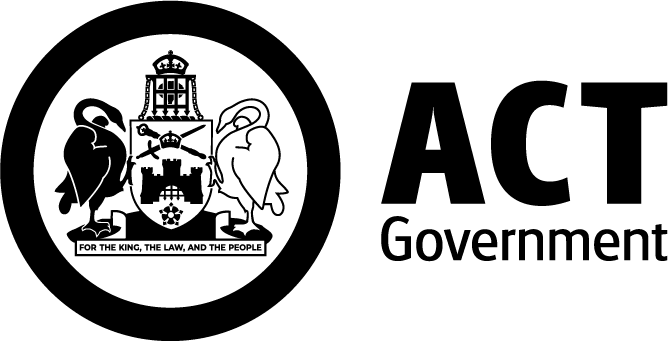Feral horse
Research across Australia (and abroad) shows that feral horses can have devastating impacts on sensitive plants, native animal species, and bogs and other water systems. To reduce these impacts, the ACT Government is committed to a 'zero-tolerance' policy on feral horses in Namadgi National Park. There are no resident populations of feral horses there today.
In the last ten years, feral horses have multiplied and expanded their territory, appearing in large numbers in the Alps, including areas near Namadgi. Feral horses in the alps:
- Negatively impact water catchments
- Degrade water quality
- Reduce the condition of vegetation and soil by trampling
- Directly or indirectly impact heritage or cultural sites.
Various methods for controlling feral horses have been assessed and implemented across the region. The most suitable method depends on a range of factors, including:
- the number of horses
- the mob size and age structure
- accessibility to terrain
- the season.
The most effective control is a combination of methods and techniques. Key considerations are:
- the humane treatment of horses
- the safety of people involved in operations
- efficiency and available resources (including existing infrastructure)
- the socio-political setting.
The key control methods that may be employed across the Australian Alps include:
- aerial shooting
- ground shooting
- passive trapping and removal
- passive trapping and humane destruction on site
- fencing and mustering.
Namadgi National Park contains habitats for several threatened species and ecological communities. The 2020 Namadgi National Park Feral Horse Management Plan aims to:
- protect the natural and cultural values of the park from the impact of feral horses
- prevent feral horses from moving into and establishing in the park
- remove all feral horses that have entered the park through humane methods
- maintain a strategic surveillance program to detect horse incursions.
